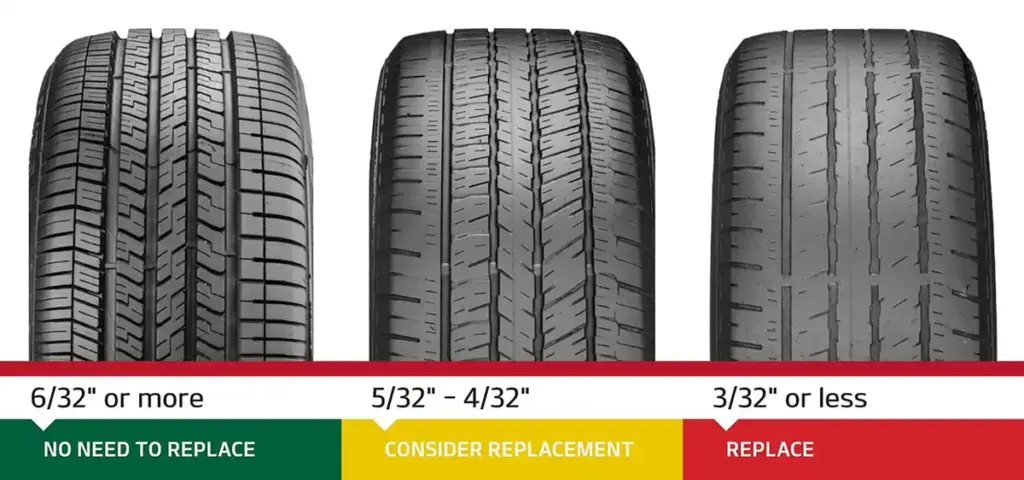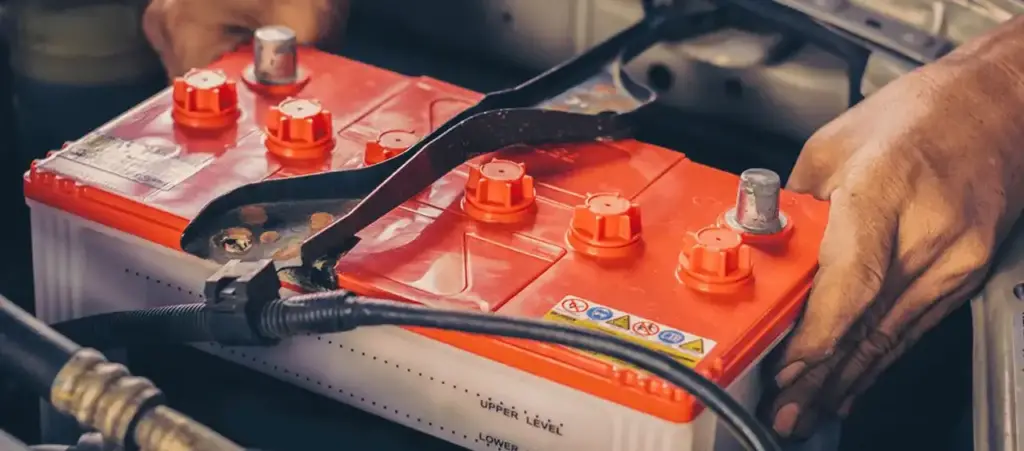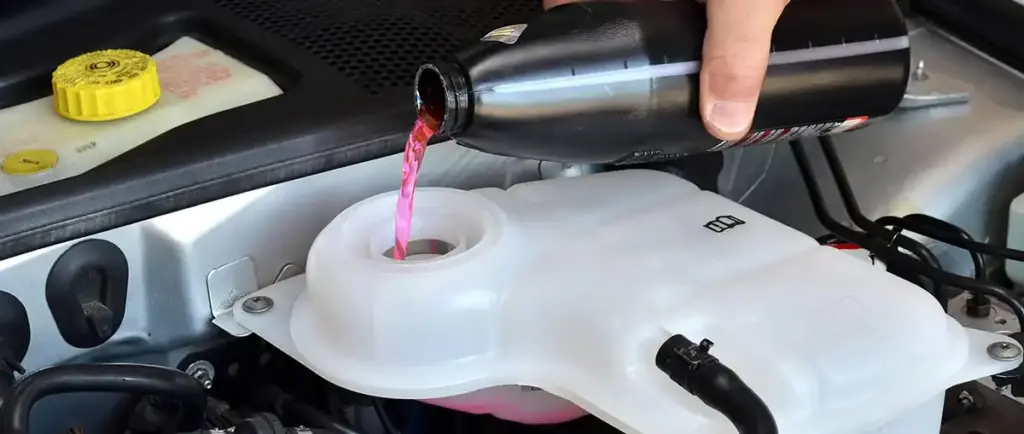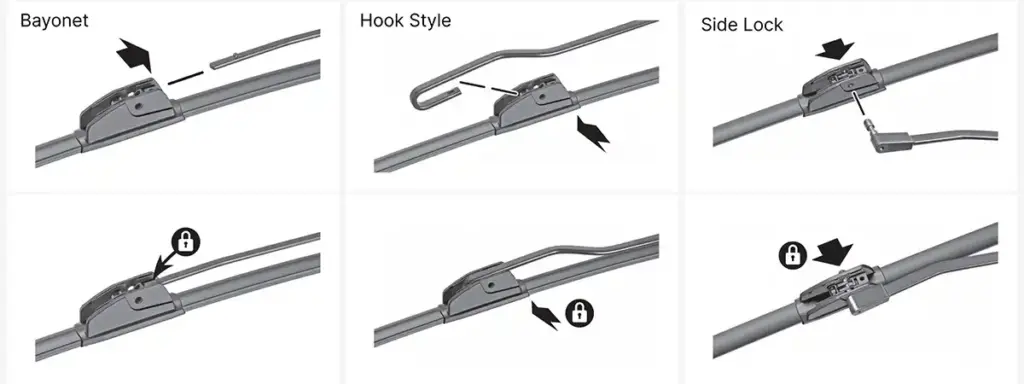Summer is here, and with it comes the joy of road trips, beach outings, and family vacations. However, the scorching heat can take a toll on your car if you’re not prepared. Over the years, I’ve learned a few things about maintaining my car during the hot months, and I’m excited to share my experiences and tips with you. Here’s a comprehensive guide to keep your vehicle running smoothly all summer long.
1. Check and Maintain Your Car’s Air Conditioning System
One of the first things you notice when summer hits is whether your car’s air conditioning (AC) is up to the task. Here’s how you can ensure it stays in peak condition:
Steps to Check Your AC:
- Test the AC Performance:
- Turn on your car and set the AC to the coldest setting.
- If the air isn’t as cold as it should be, it might be time for a recharge.
- Inspect the AC System:
- Look under the hood and check for any visible signs of leaks, particularly around the AC compressor and lines.
- Listen for unusual noises when the AC is running, as this could indicate a problem with the compressor.

DIY Recharge of Your AC:
Materials Needed:
- AC recharge kit (available at most auto parts stores)
- Protective gloves and safety glasses
Steps:
- Locate the Low-Pressure Port:
- Refer to your vehicle’s manual to find the low-pressure port of the AC system.
- Attach the Recharge Kit:
- Connect the recharge kit to the low-pressure port.
- Recharge the System:
- Follow the instructions on the recharge kit to add the refrigerant to your system.
- Make sure to keep the can upright and shake it occasionally.
- Monitor the Pressure:
- Use the gauge on the recharge kit to ensure you don’t overfill the system.
Tip: If you’re uncomfortable doing this yourself, it’s best to consult a professional mechanic.

2. Inspect and Replace Worn Tires
Summer heat can be harsh on your tires, especially if they are already worn out. Here’s how to keep them in check:
Steps to Inspect Tires:
- Check Tire Tread:
- Use a penny to check the tread depth. Insert the penny into the tread groove with Lincoln’s head upside down. If you can see the top of his head, it’s time for new tires.
- Inspect for Cracks and Bulges:
- Look for any visible cracks or bulges in the sidewalls of the tires.
- Check Tire Pressure:
- Use a tire pressure gauge to ensure your tires are inflated to the manufacturer’s recommended level.

DIY Tire Replacement:
Materials Needed:
- Jack and jack stands
- Lug wrench
- New tires
Steps:
- Loosen the Lug Nuts:
- Before lifting the car, use the lug wrench to loosen the lug nuts on the wheel slightly.
- Jack Up the Car:
- Use the jack to lift the car and place jack stands under the car for safety.
- Remove the Old Tire:
- Completely remove the lug nuts and take the tire off.
- Mount the New Tire:
- Place the new tire onto the wheel hub and hand-tighten the lug nuts.
- Lower the Car:
- Carefully lower the car and use the lug wrench to fully tighten the lug nuts in a crisscross pattern to ensure even tightening.
Tip: Always check the tire pressure of the new tires and ensure they are balanced properly.

3. Maintain Your Car’s Battery
High temperatures can also affect your car battery, leading to a shorter lifespan. Here’s how to keep it in good shape:
Steps to Check Your Battery:
- Inspect for Corrosion:
- Look at the battery terminals for any signs of corrosion.
- Test Battery Voltage:
- Use a multimeter to check the voltage. A fully charged battery should read around 12.6 volts or more.

DIY Battery Maintenance:
Materials Needed:
- Baking soda
- Water
- Wire brush
- Petroleum jelly
Steps:
- Clean the Terminals:
- Mix baking soda and water to create a cleaning solution.
- Use a wire brush to clean any corrosion from the battery terminals.
- Protect the Terminals:
- Apply a thin layer of petroleum jelly to the terminals to prevent future corrosion.
Tip: If your battery is more than three years old, consider having it tested by a professional or replacing it.

4. Check and Replace Engine Coolant
To prevent your engine from overheating in the summer heat, maintaining the right level of coolant is crucial.
Steps to Check Coolant:
- Check Coolant Level:
- Ensure your car is cool and locate the coolant reservoir. The level should be between the ‘MIN’ and ‘MAX’ marks.
- Inspect Coolant Condition:
- Look at the color of the coolant. If it’s rusty or dirty, it might be time for a flush.

DIY Coolant Replacement:
Materials Needed:
- Engine coolant (check your car’s manual for the right type)
- Funnel
- Drain pan
Steps:
- Drain the Old Coolant:
- Place the drain pan under the radiator drain valve and open the valve to drain the old coolant.
- Flush the System:
- Close the drain valve and fill the system with distilled water. Run the engine for a few minutes and drain again.
- Add New Coolant:
- Close the drain valve and use a funnel to add the new coolant to the reservoir.
Tip: Always dispose of old coolant properly, as it is toxic to animals and the environment.

5. Inspect and Replace Wiper Blades
Summer rain showers can be sudden and heavy, so having effective wiper blades is essential for clear visibility.
Steps to Inspect Wiper Blades:
- Check for Wear and Tear:
- Look for any cracks or splits in the rubber.
- Test Wiper Performance:
- Spray some water on your windshield and test the wipers. If they leave streaks, it’s time for new blades.

DIY Wiper Blade Replacement:
Materials Needed:
- New wiper blades (check your car’s manual for the correct size)
Steps:
- Remove Old Blades:
- Lift the wiper arm away from the windshield and press the release tab on the blade.
- Attach New Blades:
- Slide the new blade into place until you hear a click.
- Test the New Blades:
- Lower the wiper arm and test the new blades by spraying water on the windshield.
Tip: Consider replacing your wiper blades every six months for optimal performance.

Final Thoughts
Maintaining your car during the summer doesn’t have to be a daunting task. With a little bit of knowledge and some basic tools, you can keep your vehicle in top condition all season long. Whether it’s checking your AC, tires, battery, coolant, or wiper blades, these DIY tips will help ensure your car is ready for all your summer adventures. Remember, a well-maintained car not only keeps you safe but also enhances your driving experience. Happy driving and stay cool!
For more detailed guides and auto parts, visit eParts. They offer a wide range of high-quality parts and tools to help you with all your car maintenance needs.

